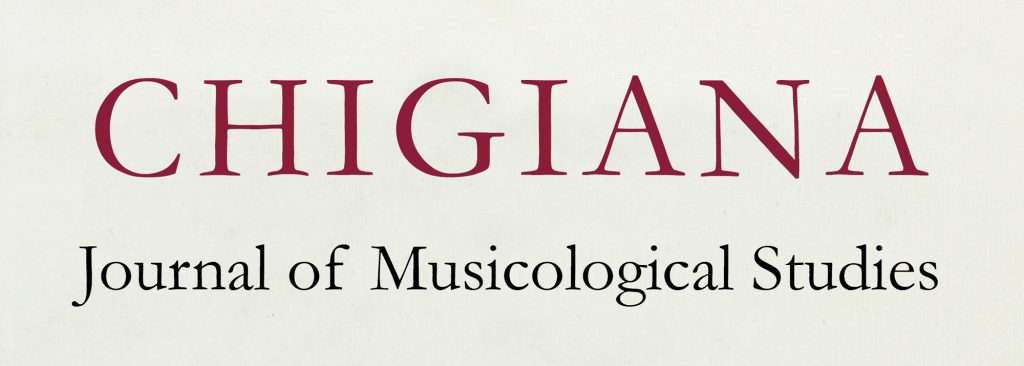
Pärt after Pärt: The composer as progenitor
Andrew Shenton (Boston University, Massachusetts)
By composing music that is static and ecstatic, elegantly simple, deceptively complex, visceral and remarkable, the point of engagement between Pärt and his audience is very broad. In addition to his original works Pärt is the progenitor of a diverse array of sibling works which has further broadened his appeal. In this essay I suggest that the creators of the derived works have mined Pärt’s music for elemental materials that resonate with secular spirituality, and which can be reconstructed in refined forms that eliminate unnecessary characteristics, including organized religion. Examples include pastiche (Alf Clausen), sampling (Lupe Fiasco), improvisation (David Arden), digital manipulation (Kenny Saunders), and mixtapes/DJing (DJ Hecq). Discussion of these works engages with a new egalitarianism regarding questions of access, creativity, the role of recordings, the demands of contemporary listeners, and the roles of both parent and sibling works in the contemporary soundscape. The secondary works are put in conversation with the writing of George Steiner whose notion that «a transcendent reality grounds all genuine art and human communication» (Real Presences) sets up a framework to explain the diverse appeal of Pärt’s music even (and perhaps more so) in its derivative forms.
La musica di Arvo Pärt, statica ed estatica, elegantemente semplice e ingannevolmente complessa, viscerale e degna di nota, è in grado di coinvolgere, in vari modi, un ampio pubblico. Oltre ad aver composto sue opere, Pärt ha ispirato una grande varietà di lavori imparentati con la sua produzione che ne hanno implementato l’appeal. In questo contributo suggerisco che i creatori delle opere derivate abbiano estratto dalla musica di Pärt materiali elementari che entrano in risonanza con la spiritualità secolare, e che possono essere ricostruiti in forme raffinate che eliminano caratteristiche non necessarie, come quelle legate al rito religioso. Gli esempi includono pastiche (Alf Clausen), campionamenti (Lupe Fiasco), improvvisazione (David Arden), manipolazione digitale (Kenny Saunders) e mixtape/DJing (DJ Hecq). La discussione di questi lavori affronta la questione del nuovo egualitarismo relativo ad accesso, creatività, funzione delle registrazioni, esigenze degli ascoltatori contemporanei e ruolo delle opere genitrici e derivate nel panorama sonoro contemporaneo. Le opere derivate vengono messe in relazione con i testi di George Steiner, la cui nozione «la realtà trascendente fonda tutta l’arte genuina e la comunicazione umana» (Real Presences) consente di spiegare il diverso fascino che la musica di Pärt emana anche (e forse di più) nelle sue forme derivate.
